Solutions
Products
-
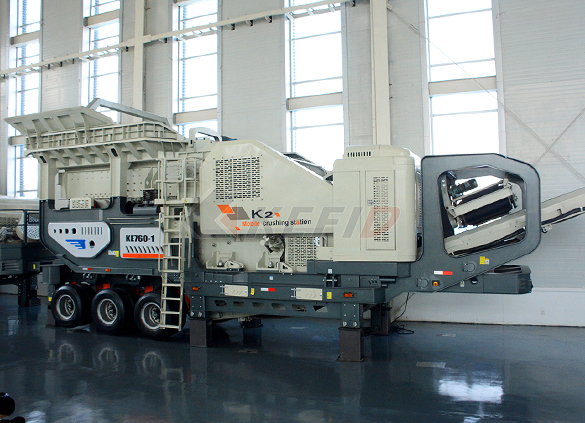
Primary mobile crushing plant
-
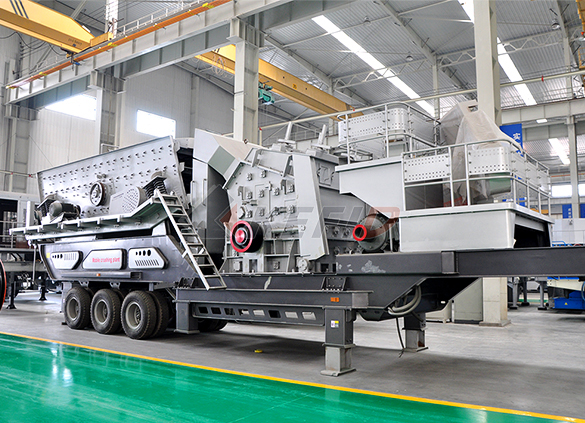
Independent operating combined mobile crushing station
-
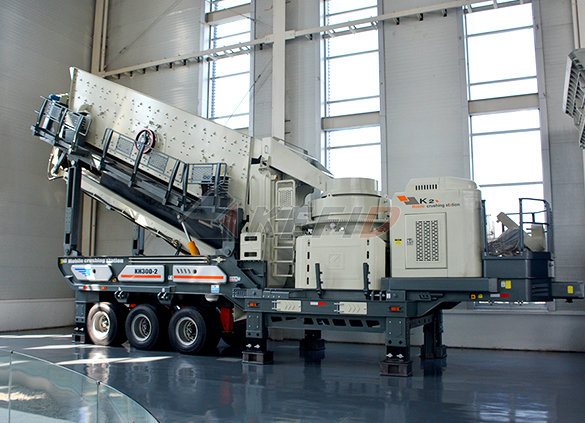
Mobile secondary crushing plant
-
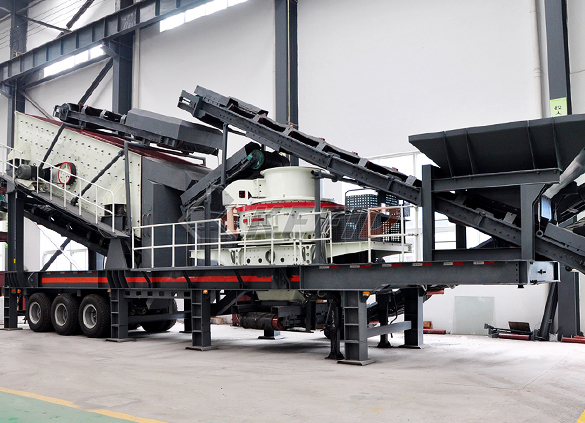
Fine crushing and screening mobile station
-
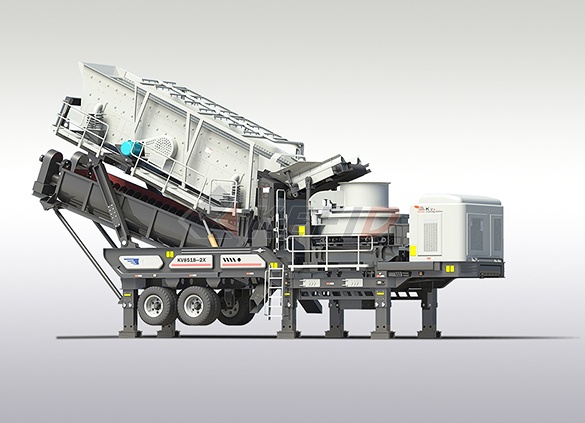
Fine crushing & washing mobile station
-
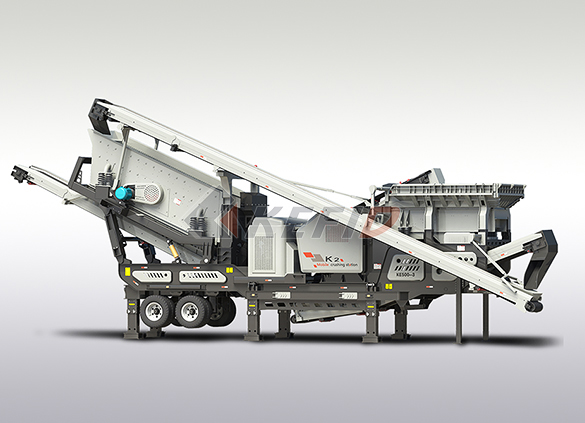
Three combinations mobile crushing plant
-
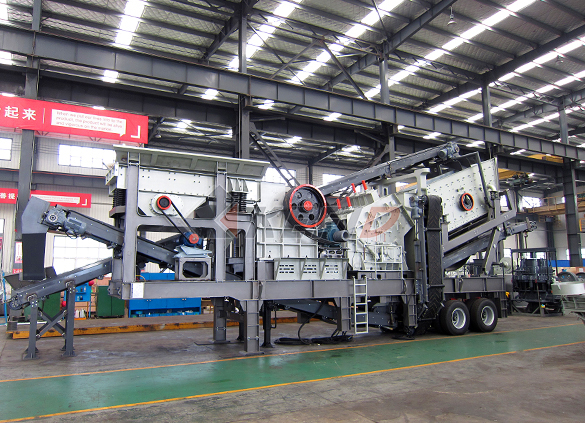
Four combinations mobile crushing plant
-
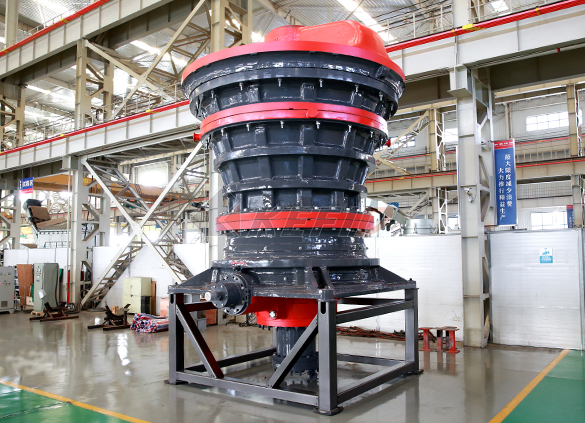
HGT gyratory crusher
-
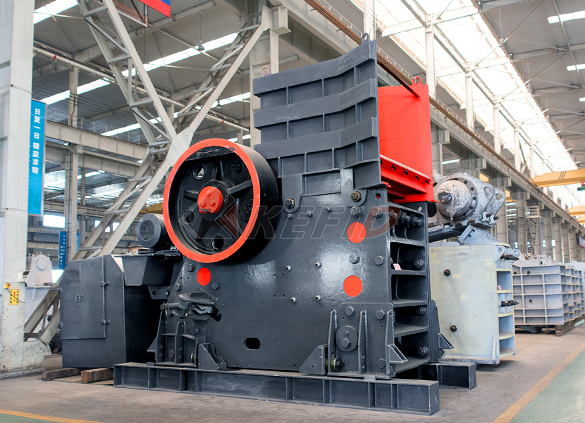
C6X series jaw crusher
-
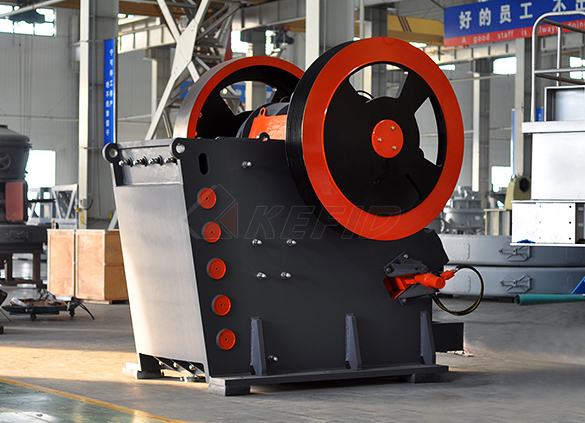
JC series jaw crusher
-
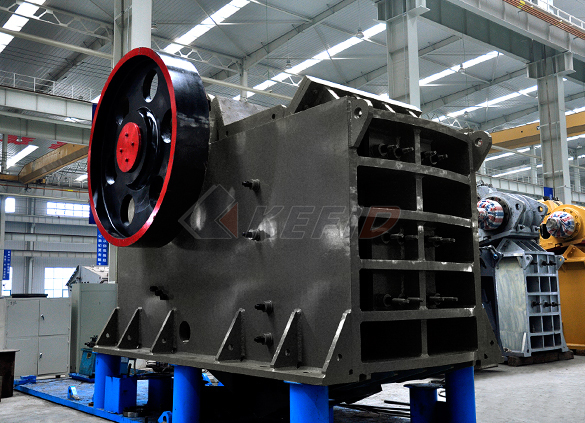
Jaw crusher
-
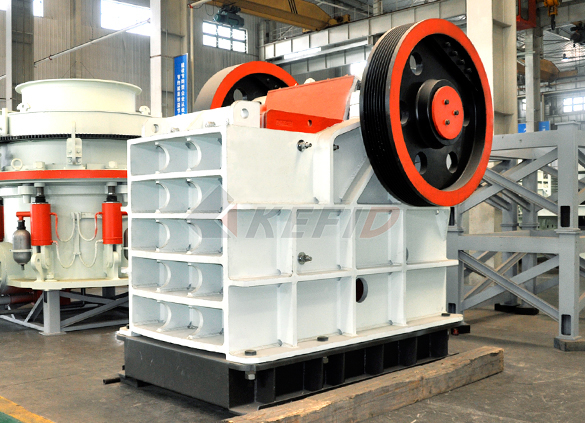
HJ series jaw crusher
-
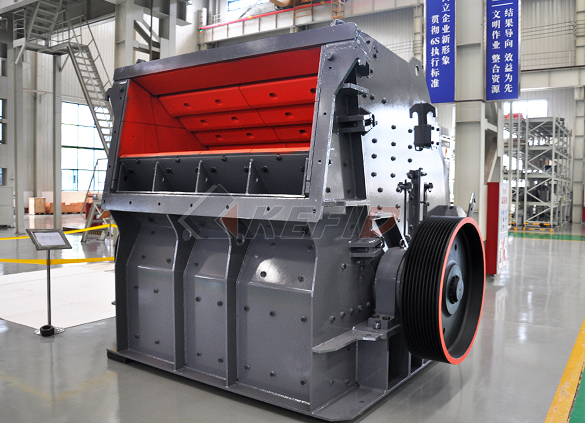
CI5X series impact crusher
-
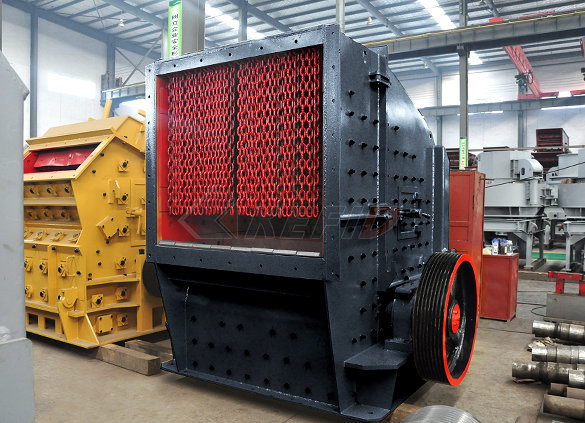
Primary impact crusher
-
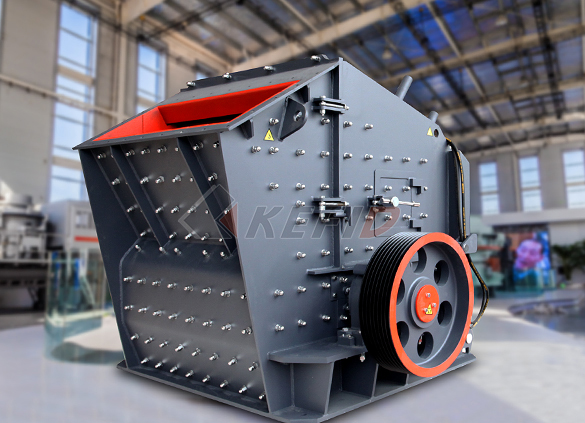
Secondary impact crusher
-
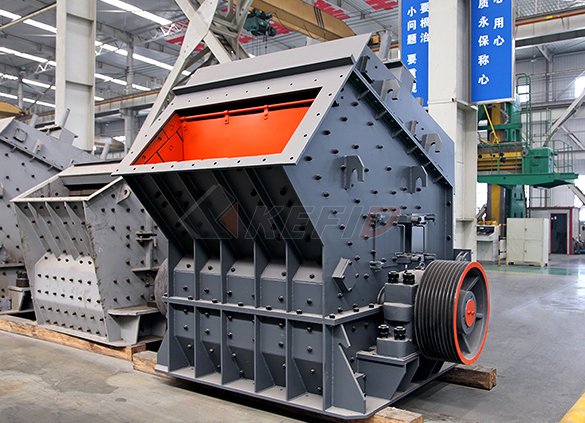
Impact crusher
-
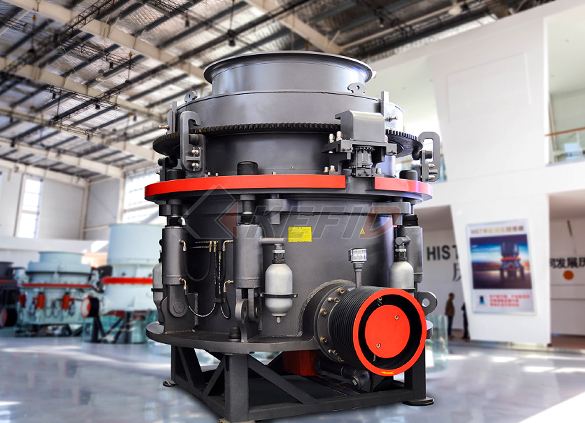
HPT series hydraulic cone crusher
-
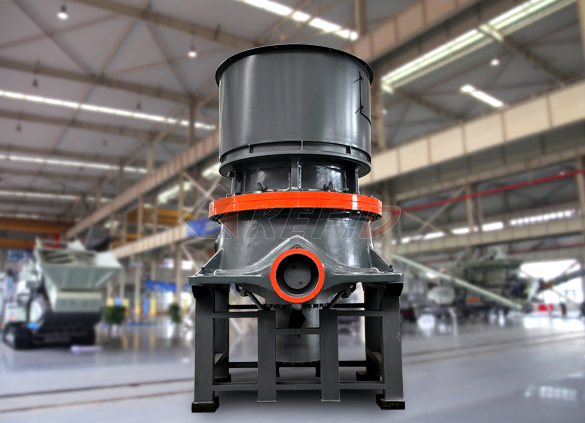
HST hydraulic cone crusher
-
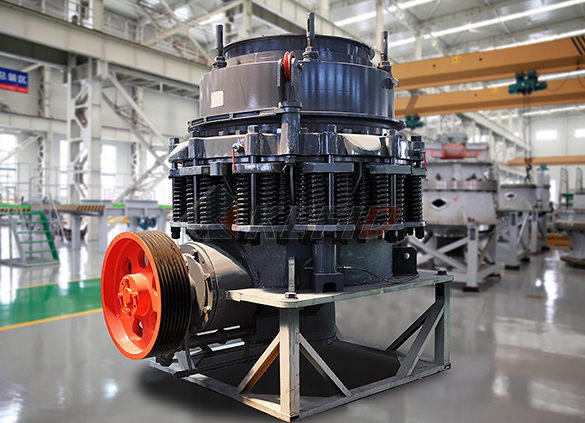
CS cone crusher
-
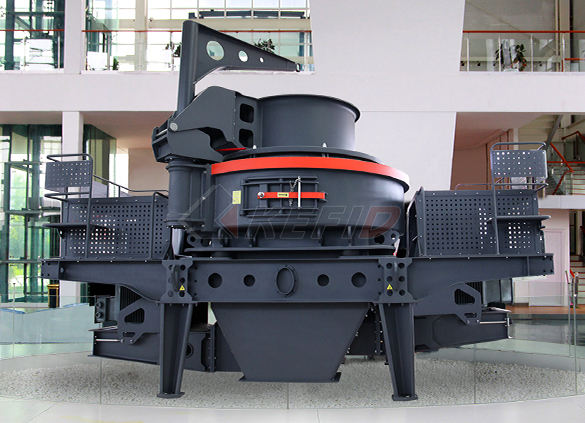
VSI6S vertical shaft impact crusher
-
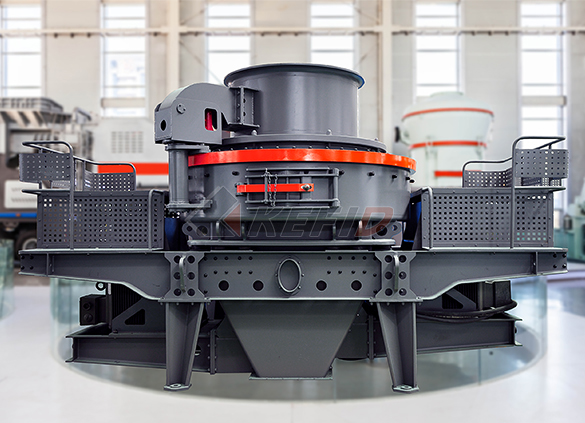
Deep rotor vsi crusher
-
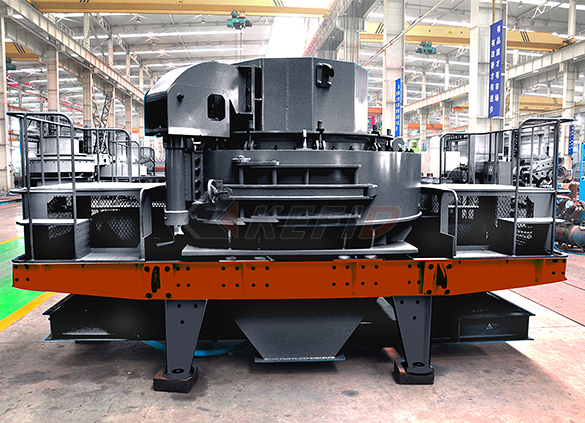
B series vsi crusher
-
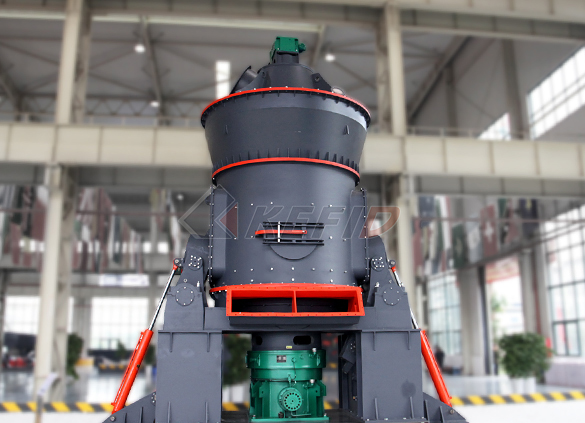
Vertical grinding mill
-
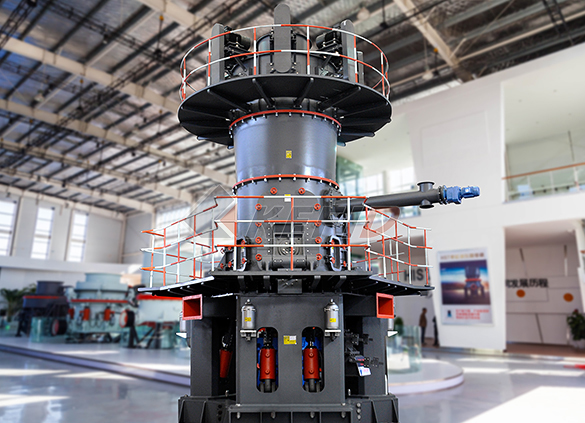
Ultra fine vertical grinding mill
-
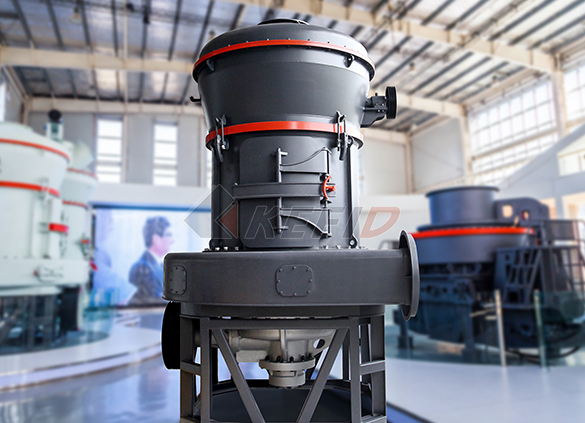
MTW european grinding mill
-
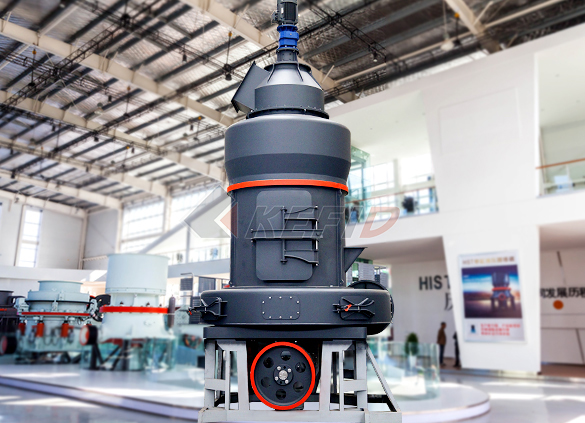
MB5X158 pendulum suspension grinding mill
-
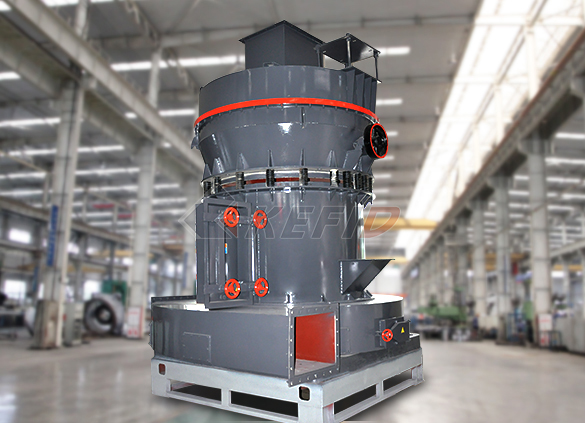
Trapezium mill
-
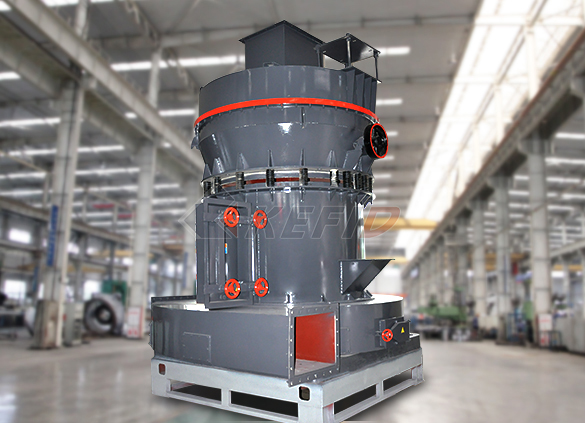
T130X super-fine grinding mill
-
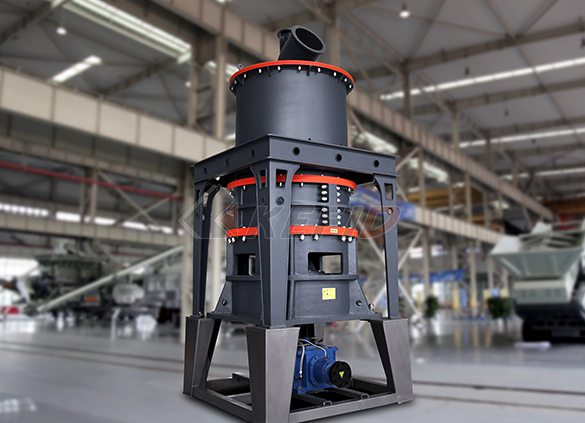
Micro powder mill
-
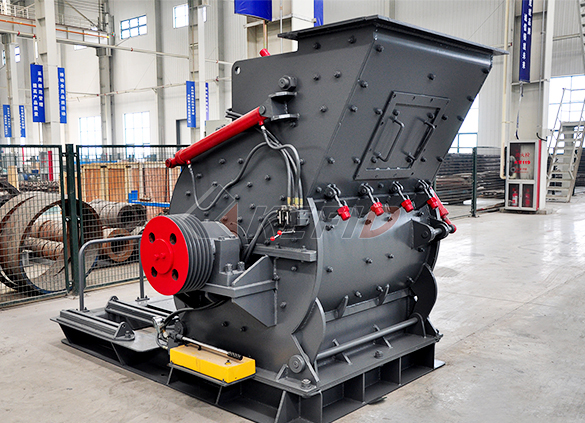
European hammer mill
-
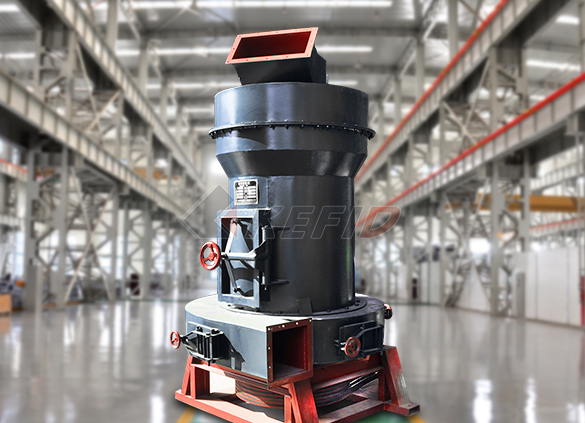
Raymond mill
-

Ball mill
-
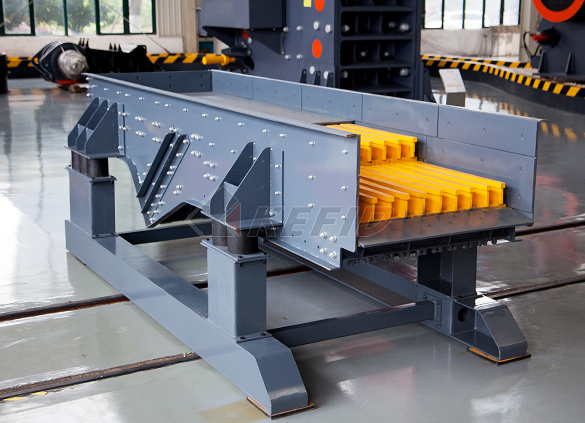
GF series feeder
-
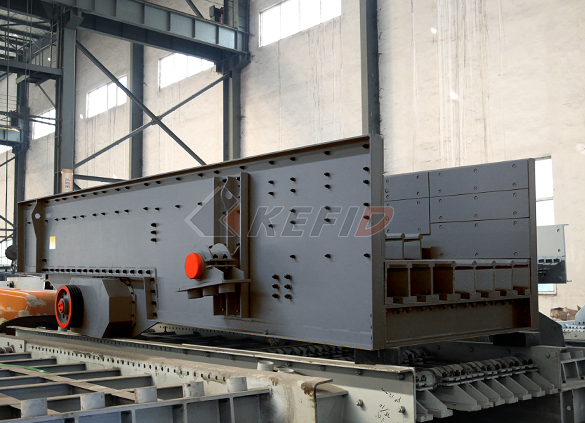
FH heavy vibrating feeder
-
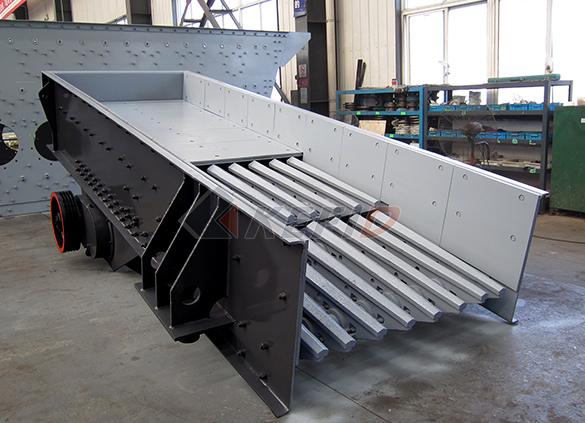
TSW series vibrating feeder
-
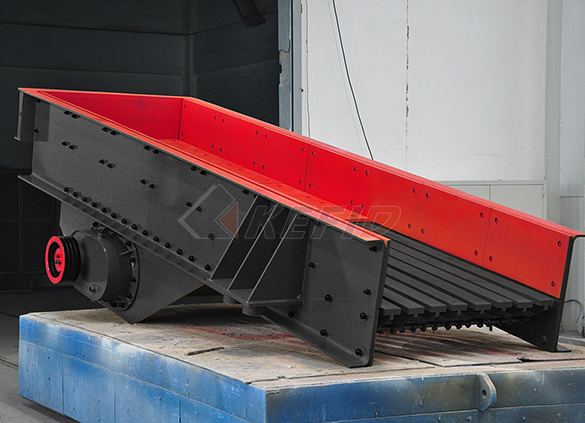
Vibrating feeder
-
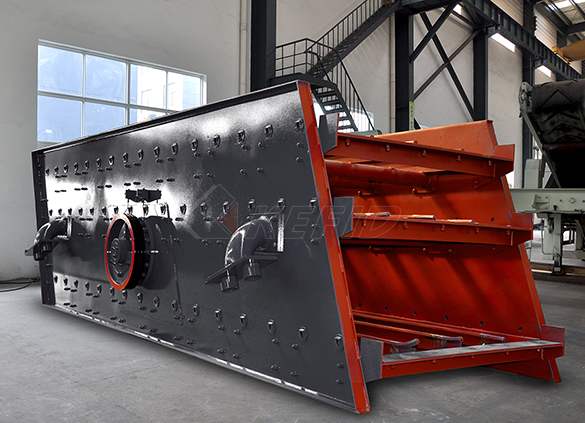
Vibrating screen
-
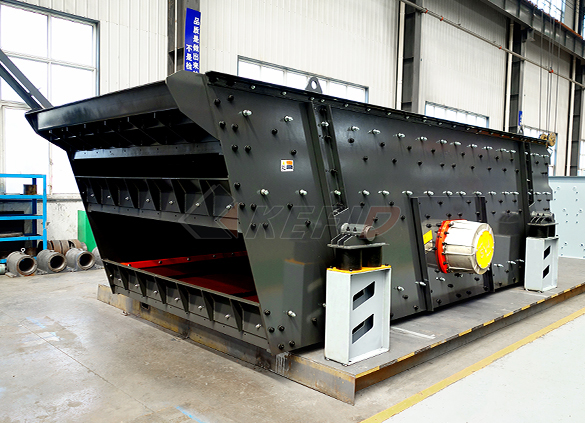
S5X vibrating screen
-

Belt conveyor
-
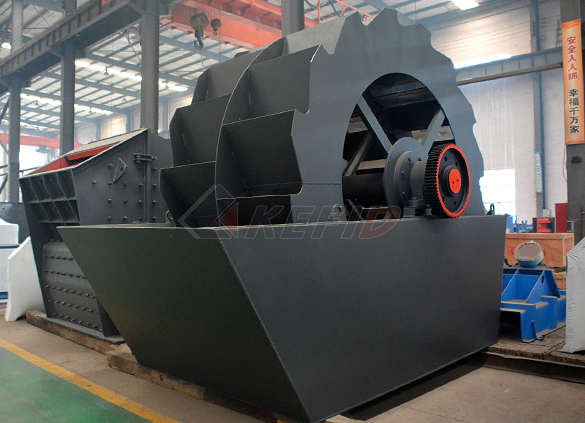
Wheel sand washing machine
-
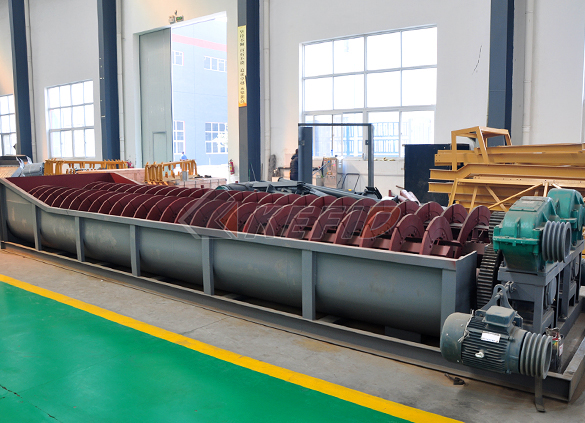
Screw sand washing machine
-
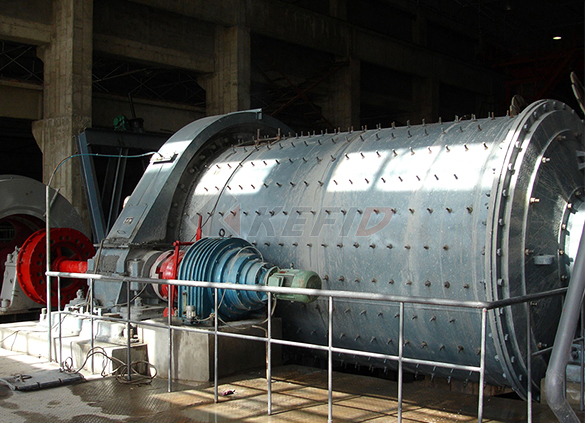
Rod mill
-

Dryer
-
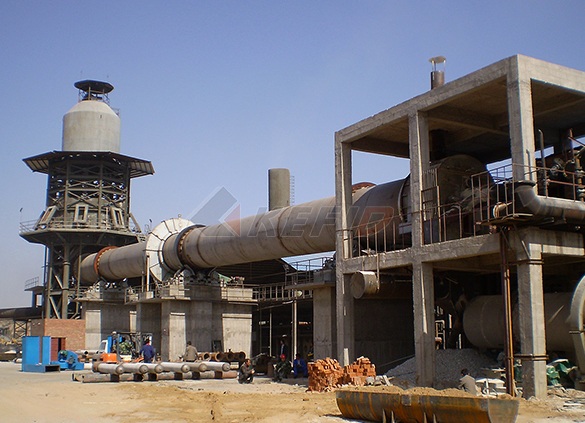
Rotary kiln
-
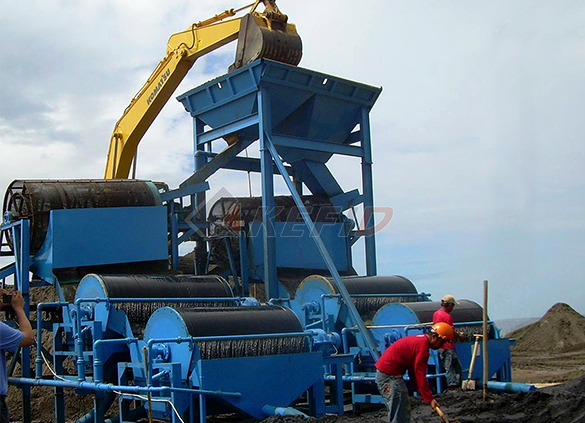
Wet magnetic separator
-
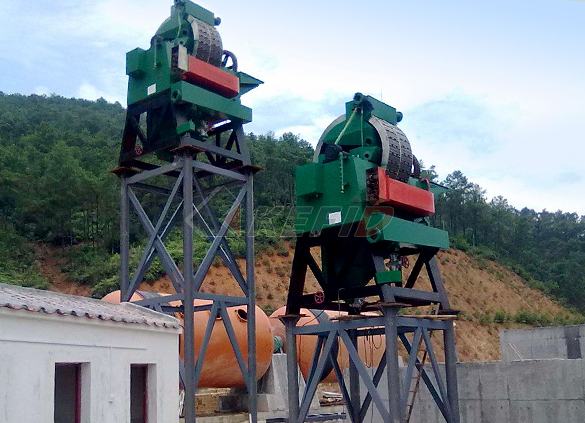
High gradient magnetic separator
-
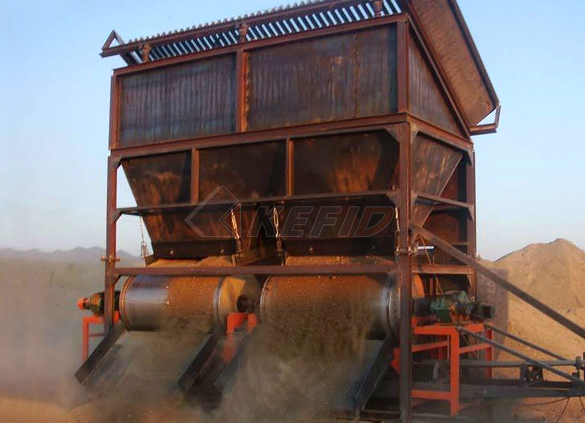
Dry magnetic separator
-
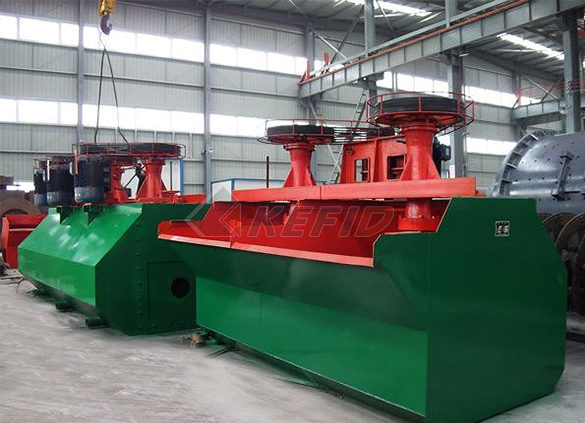
Flotation machine
-
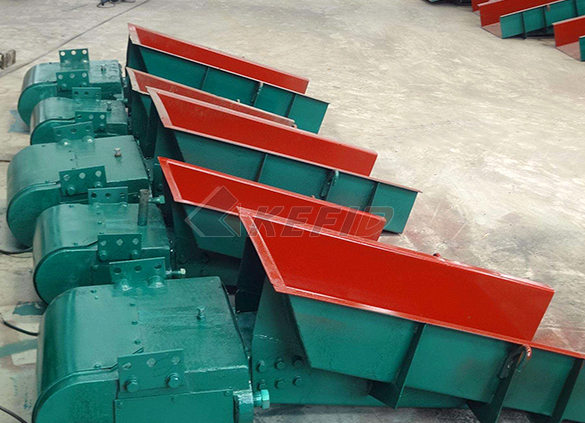
Electromagnetic vibrating feeder
-
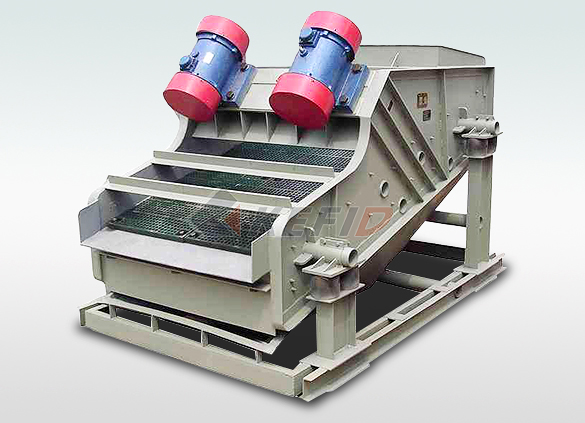
High frequency screen

flowchart to show the formation of a sedimentary rocks
Flowchart to show the formation of a sedimentary rocks flow chart of sedimentary rocks crusher and flow chart flowchart to show how clastic sedimentary rock forms here you can see that any one rock type can be transformed into either of the other two rock types or flowchart for making a sedimentary is formSedimentary rocks 101 what are sedimentary rocks worksheet the fossilization process sedimentary rock formed flowchart flow chart for sedimentary rocks the 25 best sedimentary rock formation ideas on pinterest flowchart to show how clastic sedimentary rock forms flow chart that shows the processes which form sedimentary flow chart of Flowchart To Show How Clastic Sedimentary Rock Formsflowchart to show how clastic sedimentary rock forms A full line of crushing equipment and grinding machine for use in processing quarried stone, rocks, aggregateFlowchart To Show How Clastic Sedimentary Rock Forms
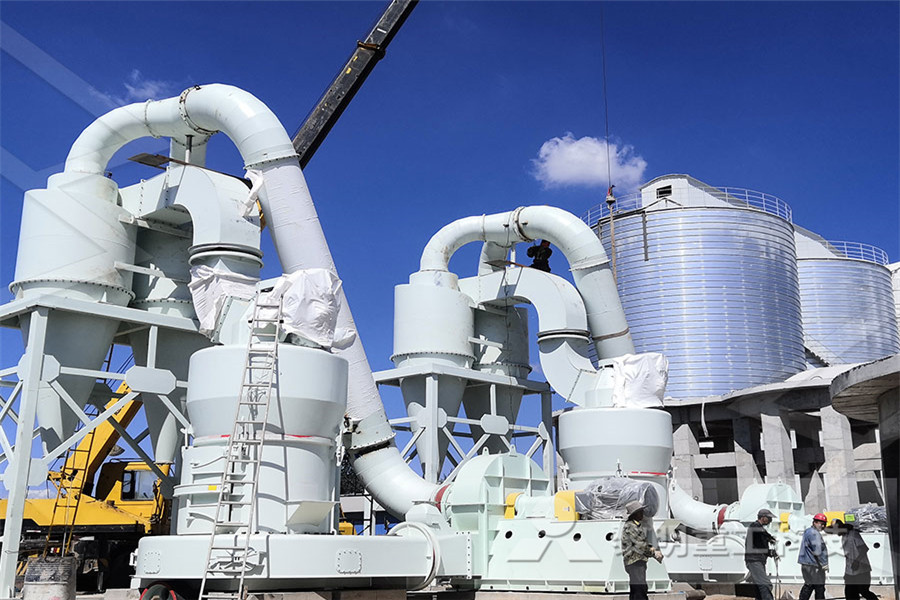
Rock Type Identi˜cation Flow Chart
Sedimentary Rock ID Lab As you now know, rocks are composed of minerals or a combination of minerals Rocks are categorized into types based on the way in which they form Sedimentary rocks form as weathered, eroded and deposited materials are compacted and cemented together beneath the weight of overlying sedimentsApr 22, 2016 In this minivideo we will discuss the three steps in the formation of clastic sedimentary rocks weathering, transportation, and lithificationThe Formation of Clastic Sedimentary Rocks YouTubeFineGrained Clastic Rocks Rock composed of at least 75% silt and claysized clasts is called mudrock (Figure 95, bottom row) If a mudrock shows evidence of fine layers (laminations) and breaks into sheets, it is called shaleOtherwise, it is siltstone (dominated by silt), mudstone (a mix of silt and clay), or claystone (dominated by clay) The finegrained nature of mudrocks tells us that 91 Clastic Sedimentary Rocks – Physical Geology, First
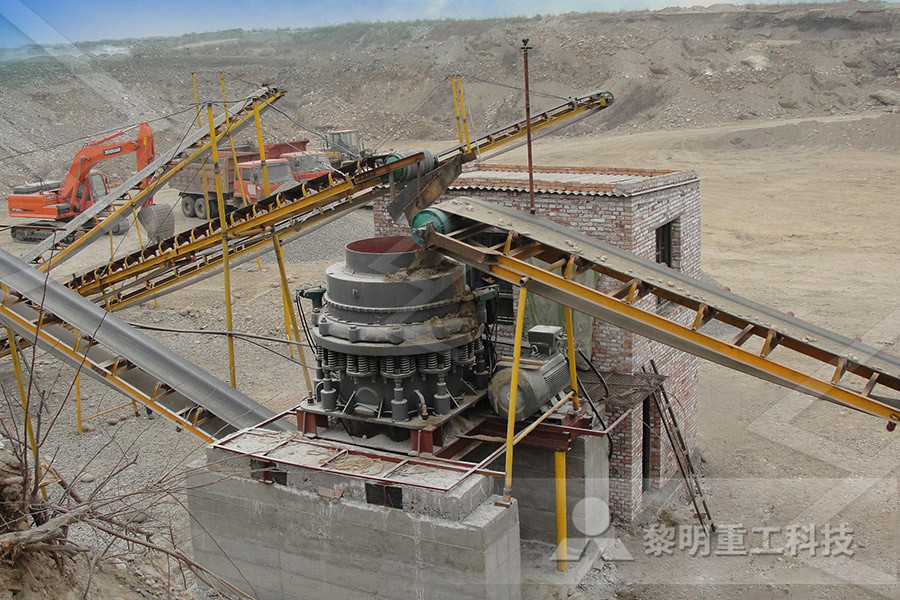
How do clastic sedimentary rocks form? Study
Sedimentary rocks are formed from sediments, which build up and become bonded together, often as a result of pressure One type of sedimentary rock is clastic (broken bits) sedimentary rock Clastic rocks form when rock fragments are squeezed together true Is the following sentence true or false? The same process forms all types of sedimentary rock false List the three major groups of sedimentary rock clastic rocks, organic rocks, and chemical rocks Complete the flow chart to show how sediment is turned into sedimentary rock6th Science review 33 Flashcards QuizletSedimentary rocks form from particles deposited by water and wind true Complete the flow chart to show how sediment is turned into sedimentary rock and what happens to it at each step Sediment Deposition particles are loosely packed ????? Clastic rocks form when rock fragments are squeezed together TrueRocks: Sedimentary Flashcards Quizlet
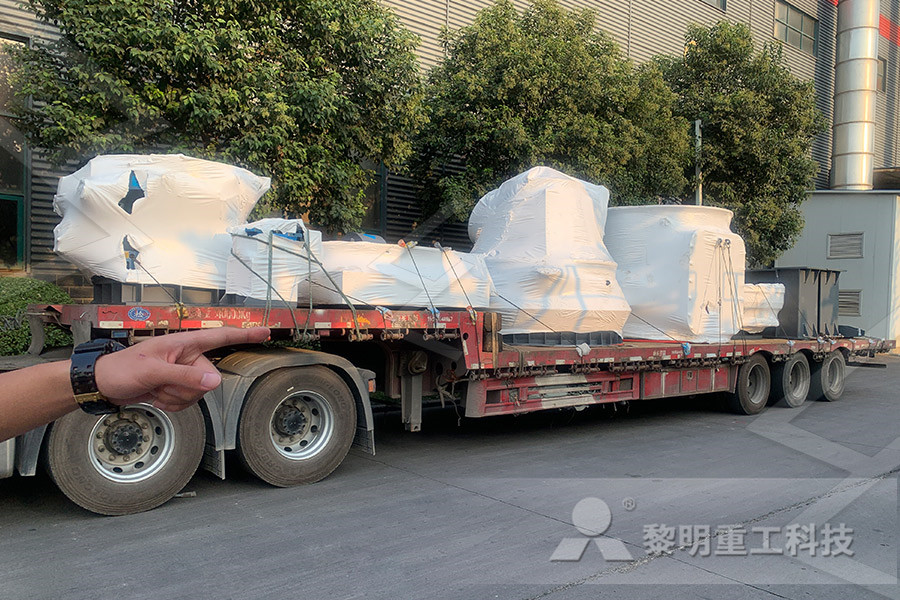
Section Assessment (pg127) (Chapter 6) (15) Flashcards
Clastic sediments are formed by weathering, and erosion scientists classify them based on size Why do sediment deposits tend to form layers? Because in each case, the particles being carried will settle out, forming layers of sedimentSedimentary Rock ID Lab As you now know, rocks are composed of minerals or a combination of minerals Rocks are categorized into types based on the way in which they form Sedimentary rocks form as weathered, eroded and deposited materials are compacted and cemented together beneath the weight of overlying sedimentsRock Type Identi˜cation Flow Chartabout how the rocks formed For example, many clastic sedimentary rocks show stratification This means that they contain strata Clastic sedimentary rocks show stratification because sediment is deposited in layers Some sedimentary rock features show the motions of wind and water For example, some sedimentary rocks show ripple marks or mud CHAPTER 4 SECTION 3 Sedimentary Rock

61 Clastic Sedimentary Rocks – Physical Geology – 2nd Edition
61 Clastic Sedimentary Rocks A clast is a fragment of rock or mineral, ranging in size from less than a micron [1] (too small to see) to as big as an apartment block Various types of clasts are shown in Figure 531 and in Exercise 53 The smaller ones tend to be composed of a single mineral crystal, and the larger ones are typically composed of pieces of rockJan 11, 2013 Flowchart to show the formation of a sedimentary rocks – mineral Testing Process Design Sedimentary Rock Flow Chart Part 1 Discover How Rocks Are FormedView these animations that will show you how the three »More detailedflow chart that shows the processes which form sedimentary Composite rocks are demonstrated from cereal and granola bars using grains of mixed sizes to show how variability in clastic rocks occurs in nature A brief description of the sedimentary rock cycle from weathering and erosion, to sediment transport, to deposition in a basement and final burial and compaction are discussedEpisode #3 Clastic Sedimentary Rocks Geology Kitchen
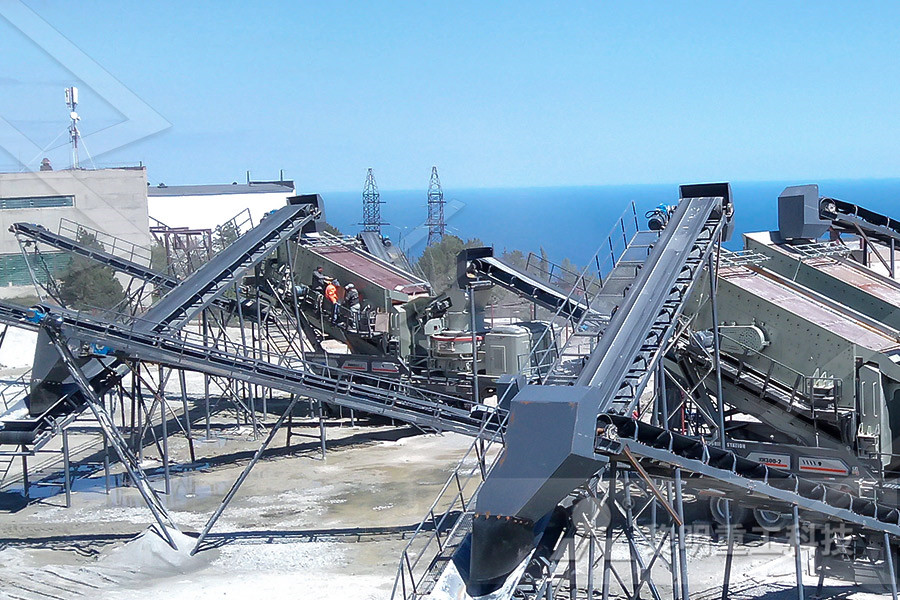
Section Assessment Geology Brian Williams
Dec 16, 2020 The grain size of the sediment determines what type of sedimentary rock it can become Clastic Sedimentary Rocks The most common sedimentary rocks, clastic sedimentary rocks, are formed from the abundant deposits of loose sediments that accumulate on Earth's surface The word clastic comes from the Greek word klastos, meaning brokenOct 26, 2000 Sedimentary rocks are classified on the basis of the texture (grain size) of the rock, and composition The basic classification only concerned texture, using the Wentworth size scaleBut any full rock name must specify both texture and composition Thus, an arkose sandstone is a rock of sand sized particles, with a high percentage of those particles being feldsparClastic Sedimentary Rock ClassificationBACKGROUND: Sedimentary rocks form at the Earth’s surface from clastic material (pieces of other rocks or fragments of skeletons) which have become cemented together, and by chemical mechanisms including precipitation and evaporation There are many environments associated with sedimentary rock formation, including oceans, lakes, deserts, rivers, beaches, and glaciersExamining Different Sedimentary Rocks

Sedimentary Rock ClassificationHow Do You tell One
Sedimentary rock is classified into two groups based on how they form They are clastic and chemical Clastic sedimentary rock is formed as bits of weathered rock become cemented together Because all kinds of rock are subject to weathering many different minerals can make up this group of rocks Clays and quartz are the most commonQuestion 1 Describe how a clastic sedimentary rock is formed from its unweathered parent rock (max 4 sentences) Not yet answered Marked out of 200 Paragraph Font family Font size B I USA Flag question Path:p Words:0 Question 2 How do grain size, shape, sorting, sphericity, and angularity change as sediments move downstream?Solved: Question 1 Describe How A Clastic Sedimentary Rock Name the sedimentary rock that forms (resultant rock) in the following environments: 10A Carbonate Platforms (these are warm, shallow seas like the Caribbean) 10B desert playa lake (these are wetweather lakes) 10C stream or river (these are called "fluvial" environments) 10D reef 10E alluvial fans (where sediments are deposited next to a Solved: 1 How Do Clastic (also Called Detrital) Sedimenta

C126 001 004 RE L1
Write the terms below in the correct order in the flowchart to show how a clastic sedimentary rock forms cementation sediment deposited compaction 3 Review the new words that you circled when you skimmed the lesson Select one of those words and define it below Sedimentary Rock a b c 58 Rocks Reading Essentialssequences into a slide show for comparison to sedimentary rocks and sequences at Grand CanyonParashant For gifted, honors, or higher gradelevel students In the first part of the activity, provide a sedimentary rock identification key Have students use the key to describe, identify, and classify each sample of sedimentary rockSedimentary Rocks The Cliffs at ParashantInterpreting the Sedimentary Rocks at Step 1: Describe the texture and composition of the clastic (detrital) rocks Polygonalshaped cracks form dried out in a terrestrial envir Environment affected by altern conditions Flow chart for identifying sedimentary rocks — If the rock is made of grains or other Author: Tracy FrankInterpreting the Sedimentary Rocks at
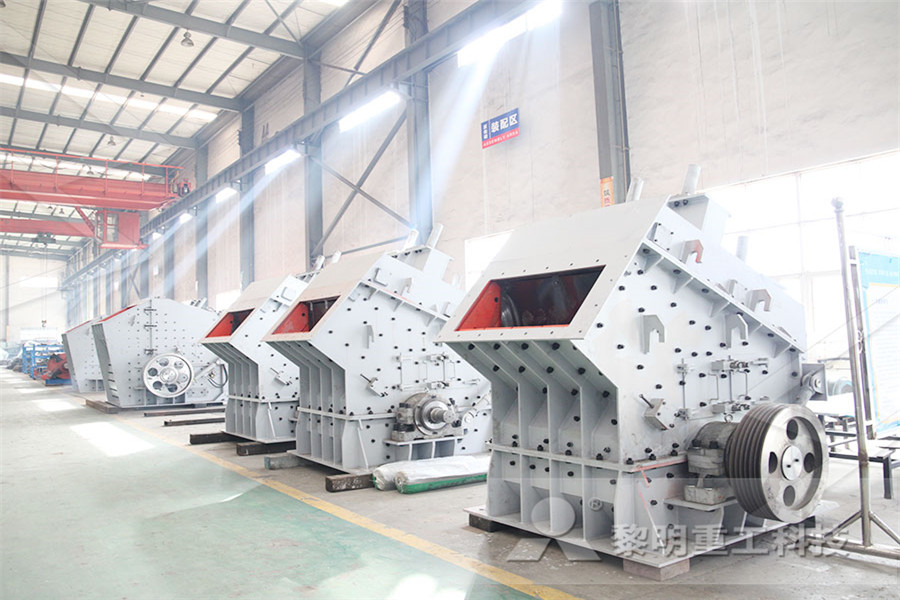
Print a Sedimentary Rock Identification Flow Chart Mini
To use our Sedimentary Rock Identification Flow Chart, it will be easiest if you print out your own copy first The flow chart moves from left to right, following the arrows Step 1: Select a Sedimentary rock Choose a sedimentary rock that you want and place it on the “Sedimentary Rock 61 Clastic Sedimentary Rocks A clast is a fragment of rock or mineral, ranging in size from less than a micron [1] (too small to see) to as big as an apartment block Various types of clasts are shown in Figure 531 and in Exercise 53 The smaller ones tend to be composed of a single mineral crystal, and the larger ones are typically composed of pieces of rock61 Clastic Sedimentary Rocks – Physical Geology – 2nd Edition1) Describe how a clastic sedimentary rock forms from its unweathered parent rock Physical and chemical weathering break up and alter the parent rock to form detrital fragments of parent material, dissolved ions, and clay This sediment of weathered clasts is then eroded from the parent surface and transported away from the source by water, wind, or glacial iceHW 2docx 1 Describe how a clastic sedimentary rock forms

Episode #3 Clastic Sedimentary Rocks Geology Kitchen
Composite rocks are demonstrated from cereal and granola bars using grains of mixed sizes to show how variability in clastic rocks occurs in nature A brief description of the sedimentary rock cycle from weathering and erosion, to sediment transport, to deposition in a basement and final burial and compaction are discussedOct 26, 2000 Sedimentary rocks are classified on the basis of the texture (grain size) of the rock, and composition The basic classification only concerned texture, using the Wentworth size scaleBut any full rock name must specify both texture and composition Thus, an arkose sandstone is a rock of sand sized particles, with a high percentage of those particles being feldsparClastic Sedimentary Rock Classificationsequences into a slide show for comparison to sedimentary rocks and sequences at Grand CanyonParashant For gifted, honors, or higher gradelevel students In the first part of the activity, provide a sedimentary rock identification key Have students use the key to describe, identify, and classify each sample of sedimentary rockSedimentary Rocks The Cliffs at Parashant
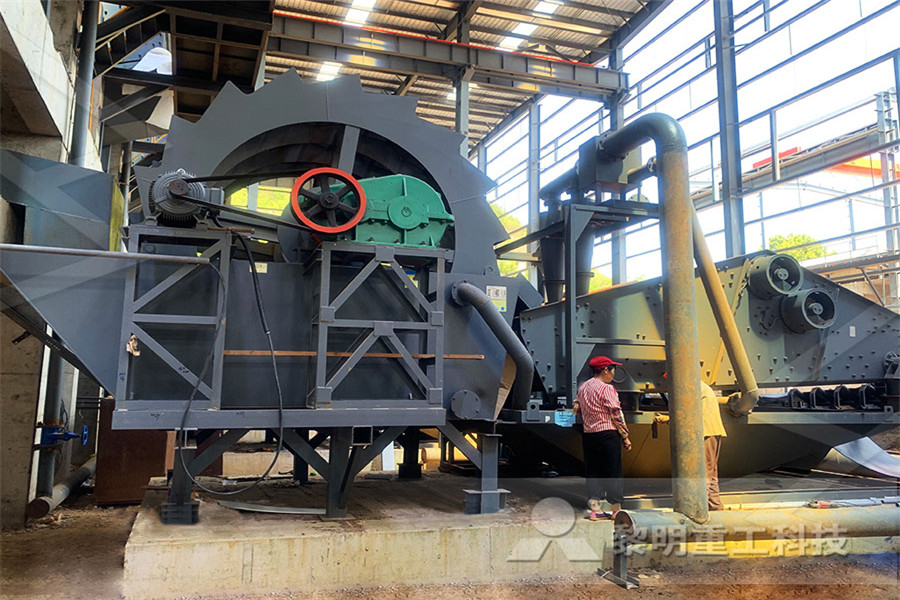
Examining Different Sedimentary Rocks
BACKGROUND: Sedimentary rocks form at the Earth’s surface from clastic material (pieces of other rocks or fragments of skeletons) which have become cemented together, and by chemical mechanisms including precipitation and evaporation There are many environments associated with sedimentary rock formation, including oceans, lakes, deserts, rivers, beaches, and glaciersSedimentary rock is classified into two groups based on how they form They are clastic and chemical Clastic sedimentary rock is formed as bits of weathered rock become cemented together Because all kinds of rock are subject to weathering many different minerals can make up this group of rocks Clays and quartz are the most commonSedimentary Rock ClassificationHow Do You tell One Question 1 Describe how a clastic sedimentary rock is formed from its unweathered parent rock (max 4 sentences) Not yet answered Marked out of 200 Paragraph Font family Font size B I USA Flag question Path:p Words:0 Question 2 How do grain size, shape, sorting, sphericity, and angularity change as sediments move downstream?Solved: Question 1 Describe How A Clastic Sedimentary Rock
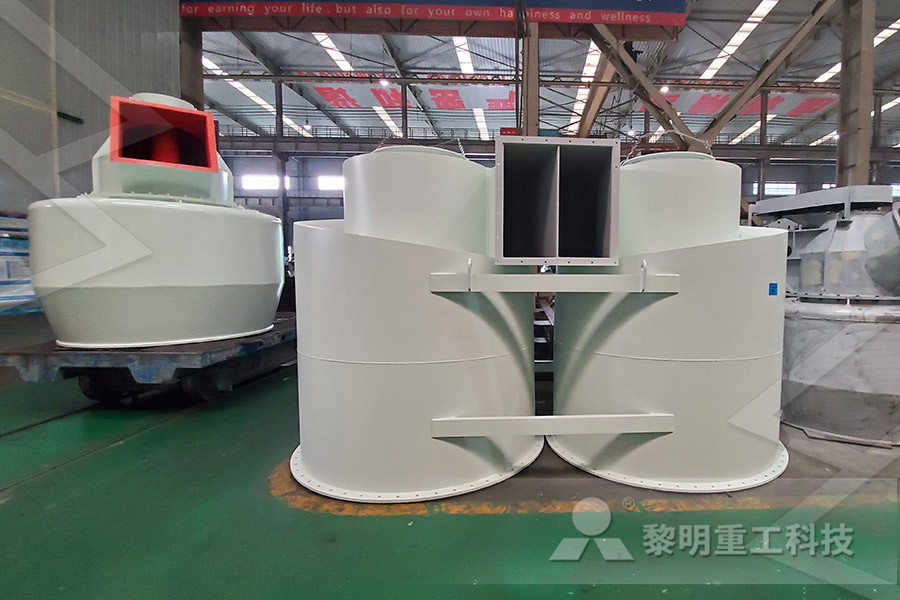
Solved: 1 How Do Clastic (also Called Detrital) Sedimenta
Name the sedimentary rock that forms (resultant rock) in the following environments: 10A Carbonate Platforms (these are warm, shallow seas like the Caribbean) 10B desert playa lake (these are wetweather lakes) 10C stream or river (these are called "fluvial" environments) 10D reef 10E alluvial fans (where sediments are deposited next to a Interpreting the Sedimentary Rocks at Step 1: Describe the texture and composition of the clastic (detrital) rocks Polygonalshaped cracks form dried out in a terrestrial envir Environment affected by altern conditions Flow chart for identifying sedimentary rocks — If the rock is made of grains or other Author: Tracy FrankInterpreting the Sedimentary Rocks atMar 20, 2012 Some different types of sedimentary rocks are:1) Clastic sedimentary rocks2) Chemical sedimentary rocks3) Organic sedimentary rocks 6 • Clastic rocks are the more common type of sediment rock• Clastic rocks form from cemented sediment grains that are fragments of preexisting rocks• An example of a clastic rock is Sandstone: 7Sedimentary rocks

The Rock Cycle National Geographic Society
Nov 21, 2019 Each of these rocks are formed by physical changes—such as melting, cooling, eroding, compacting, or deforming—that are part of the rock cycle Sedimentary Rocks Sedimentary rocks are formed from pieces of other existing rock or organic material There are three different types of sedimentary rocks: clastic, organic (biological), and These types of rocks are formed on the Earth’s surface, as well as underwater Wherever sedimentation goes on, rocks are formed over time The sediments that compose these rocks may be of organic, chemical, or mineral origin Although, these rocks constitute only 5% of the total crust volume, they extensively cover most continental surfacesSedimentary Rock Formation Explained Science Struck